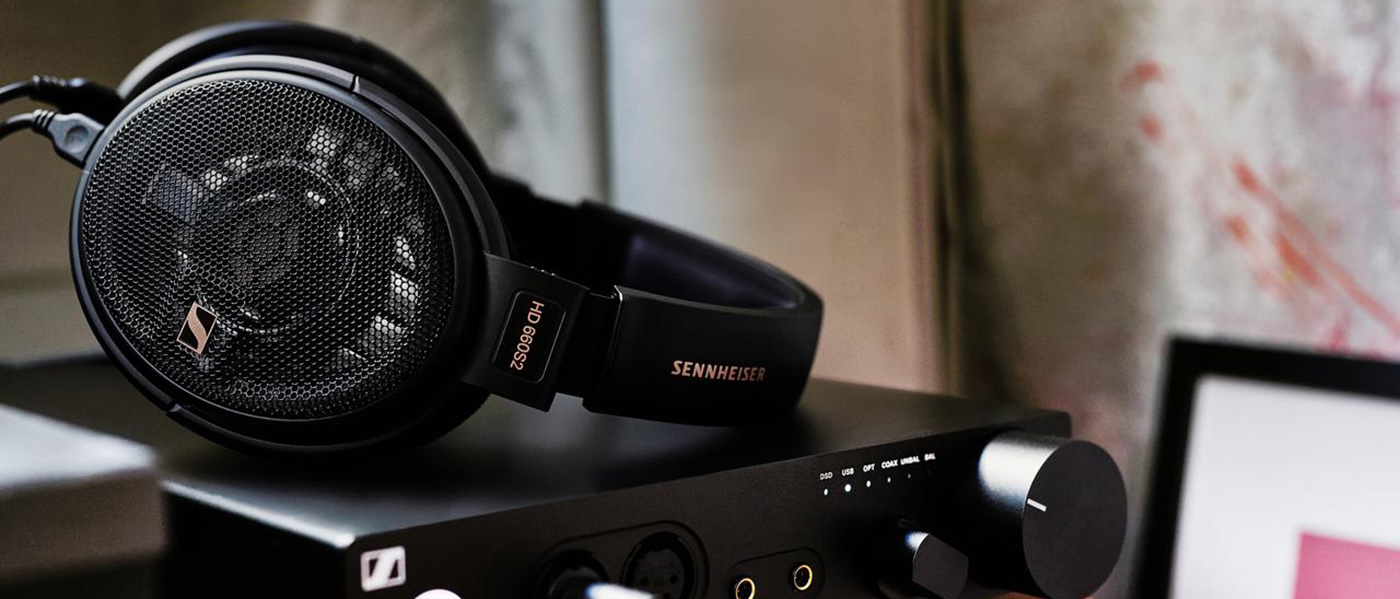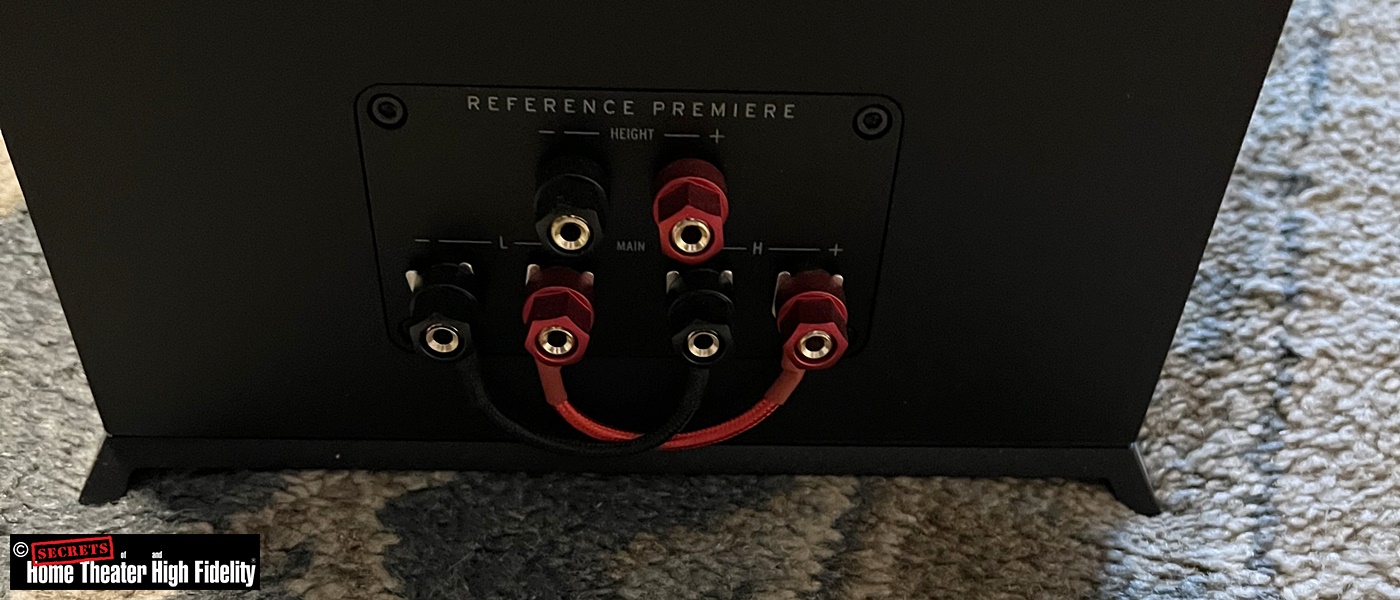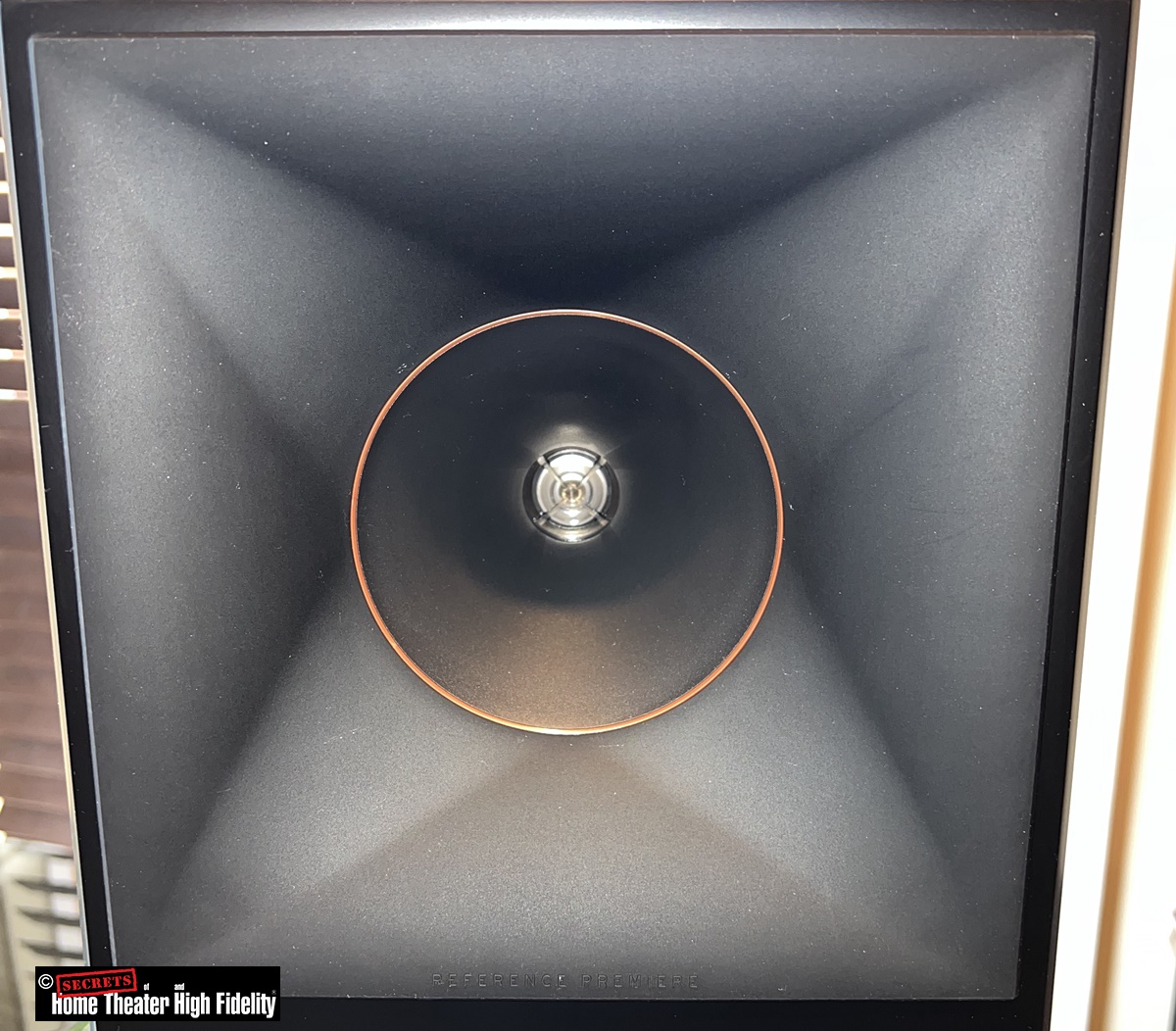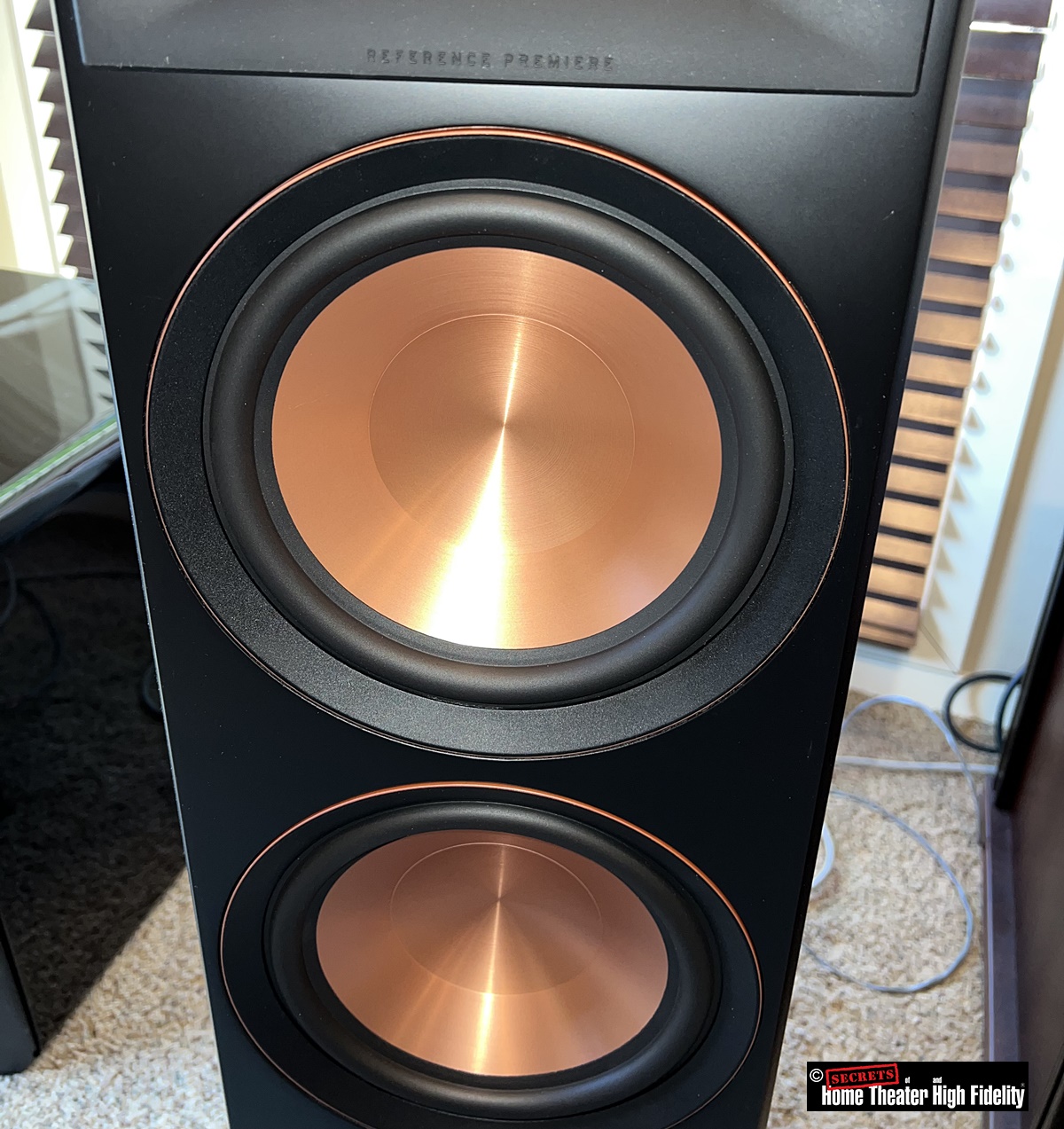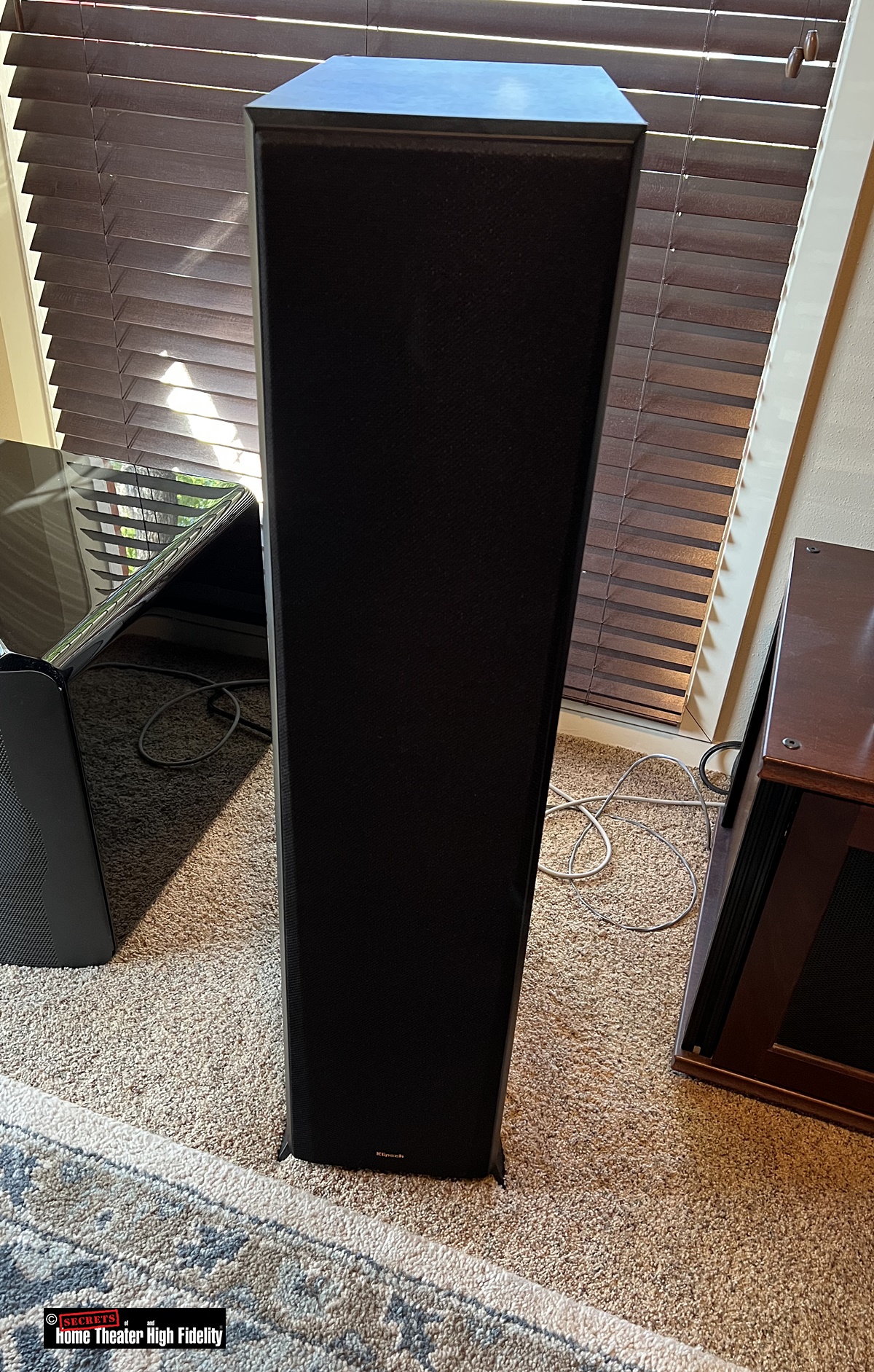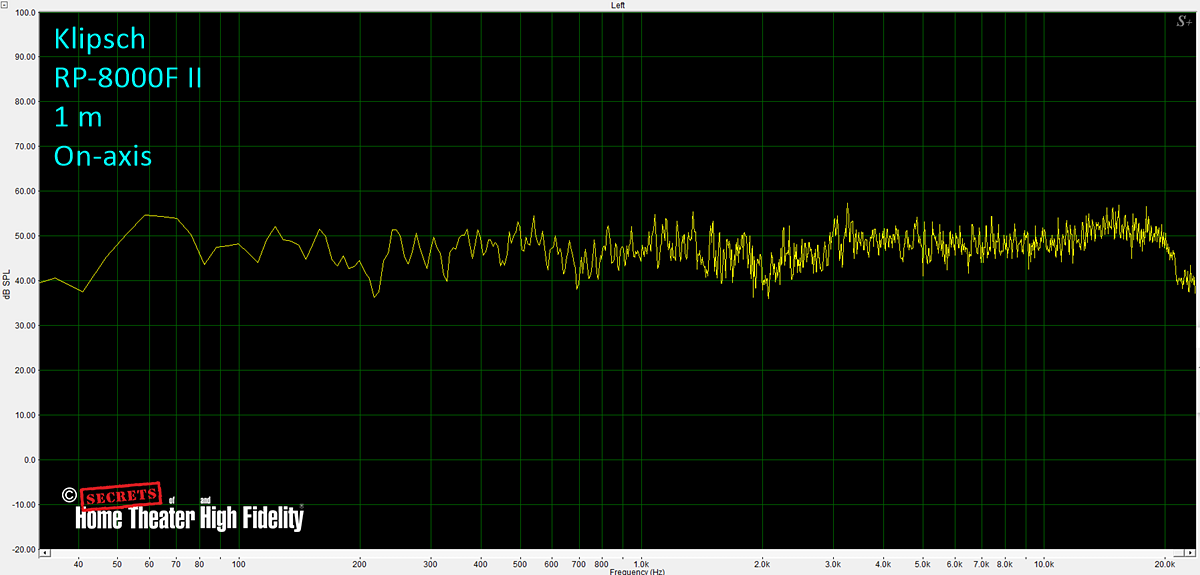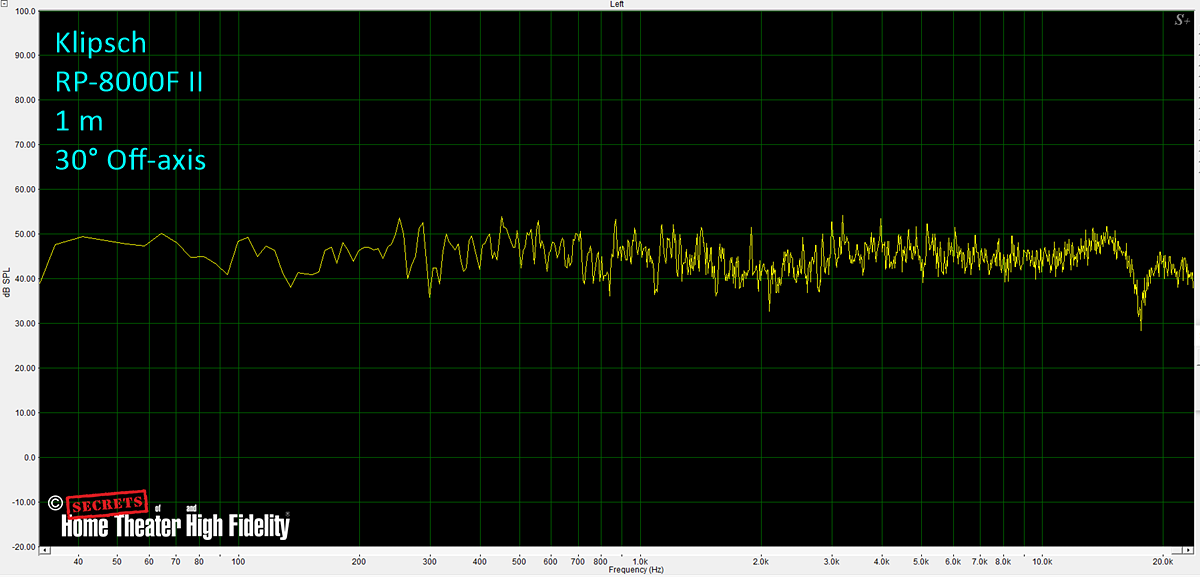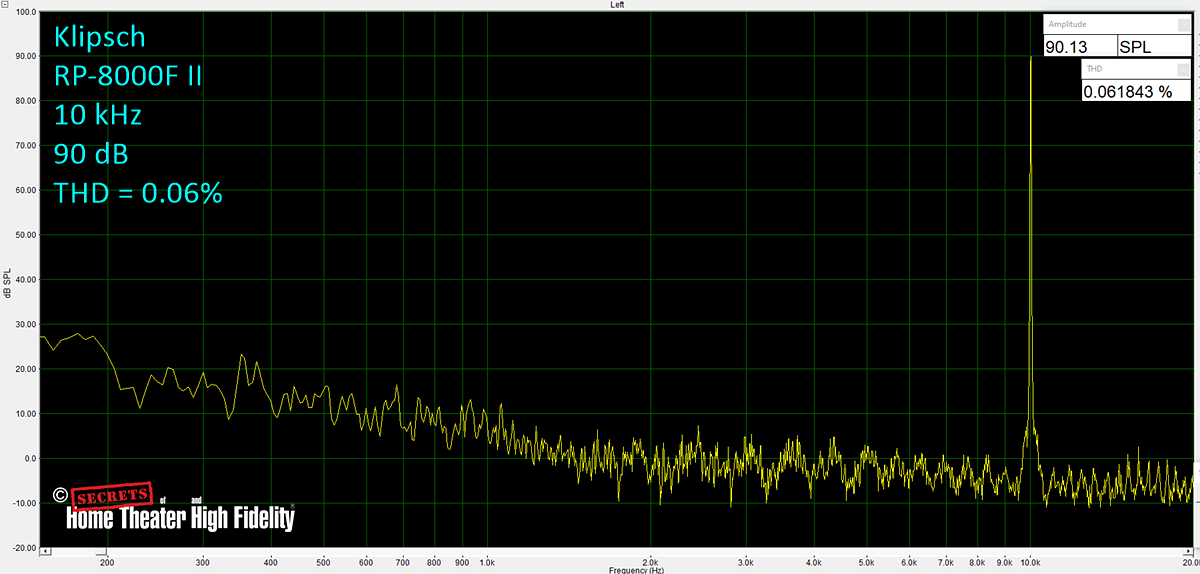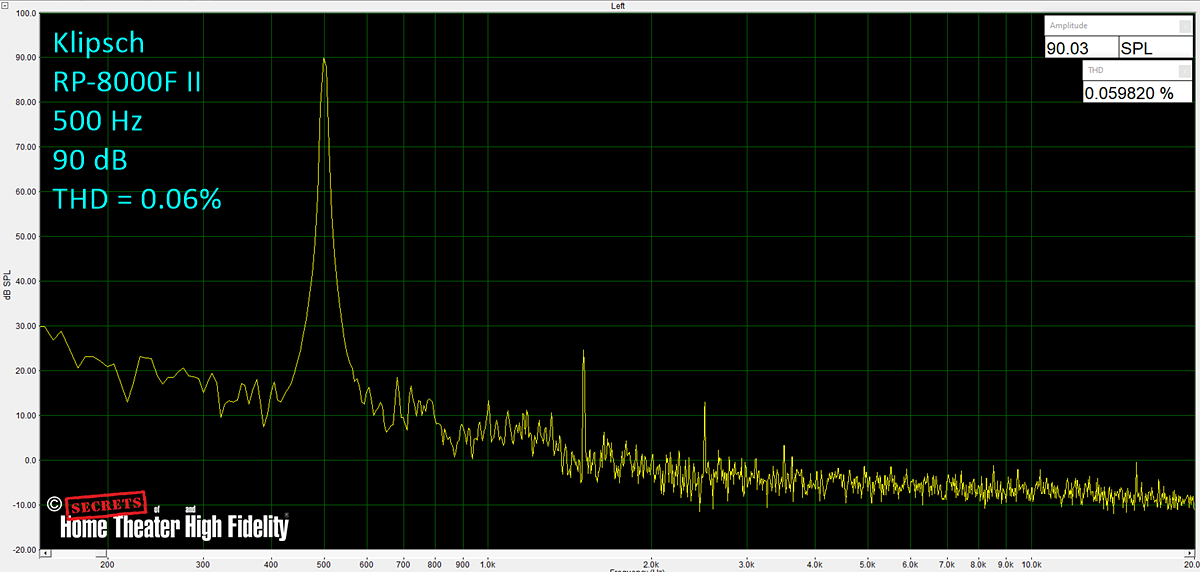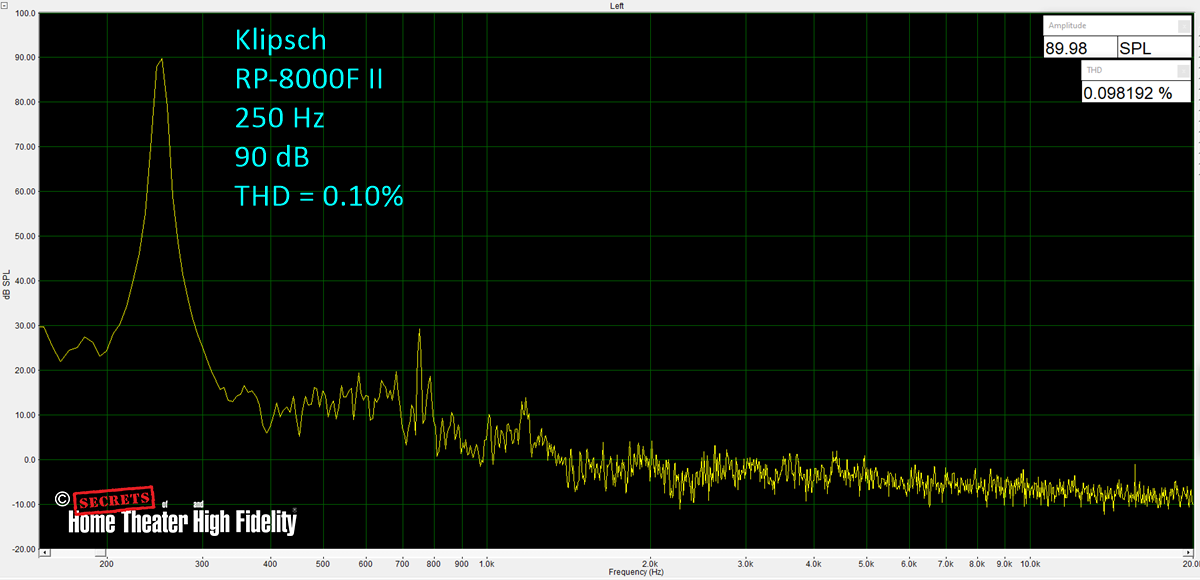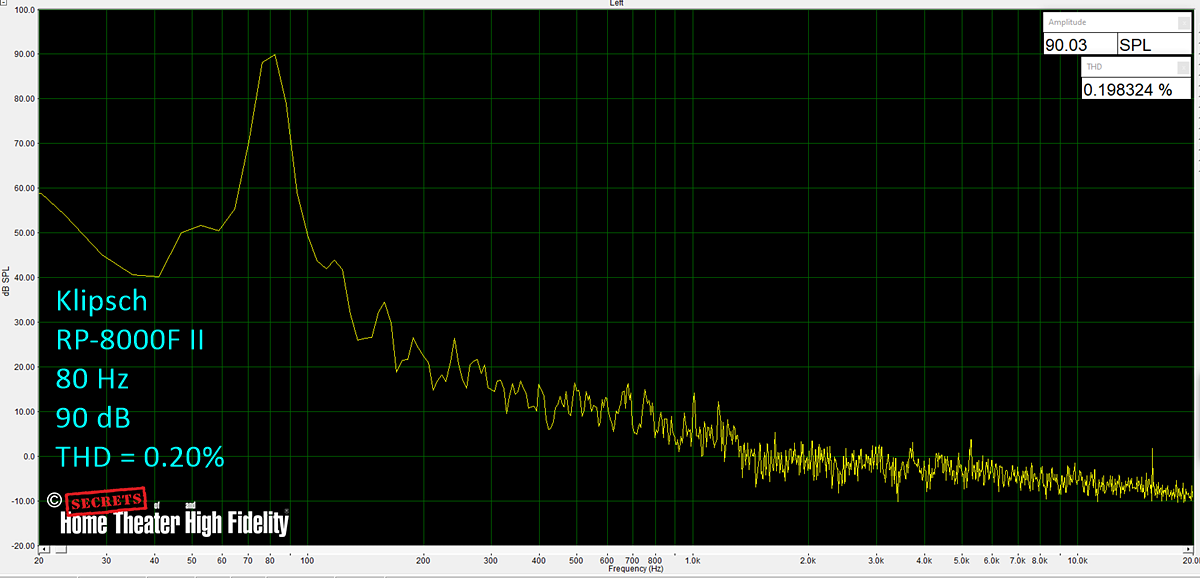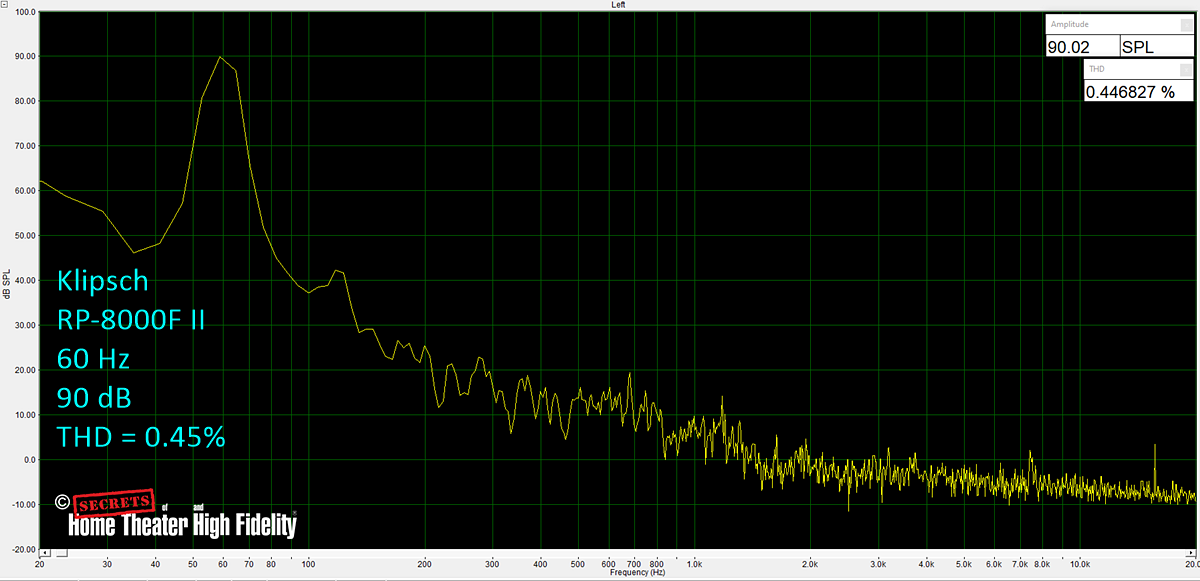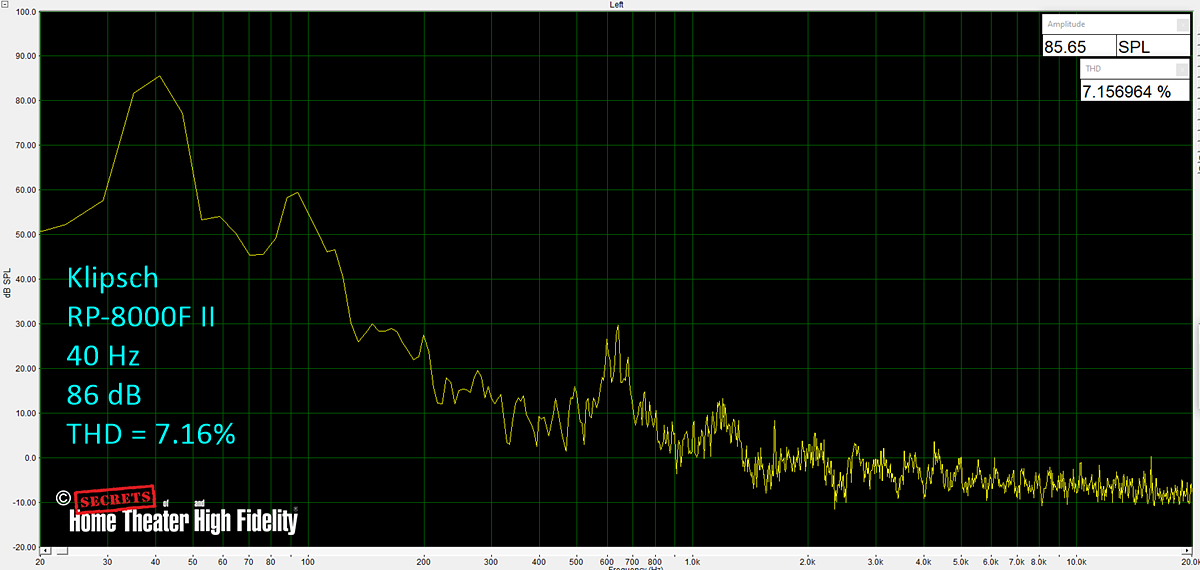I really enjoyed my time evaluating the Klipsch RP-8000F II speakers. They are well-made and easy to set up. They sounded way better than their price would suggest. They are an excellent value with a surprising musicality.
Klipsch RP-8000F II Floor-Standing Loudspeakers Highlights
- High sensitivity
- Dynamic sound
- Very low distortion
- Flat frequency response
- Incredible treble extension
- Well-integrated bass
- Surprising musicality
There was a time a few years back when I found myself in a groove where I was reviewing Klipsch speakers all the time. And then I became distracted by other speaker brands and stopped requesting Klipsch speakers altogether. So, I was very pleased when I got the call to review the new Klipsch RP-8000F II tower speakers.
I pretty much grew up listening to my dad’s system which featured a pair of Electro-Voice Cardinal IV corner horns. Plus, our local high-end dealer was a major Klipsch dealer so you can see my early tastes were all about horns.
The RP-8000F II’s are large tower speakers with a Tractrix® horn tweeter and a pair of substantial 8” Cerametallic woofers. Let’s dig into these new models and hear how they perform.
Design:
3-Driver, 2-Way Floor-standing Speakers
MFR:
35 Hz – 25 kHz
Tweeter:
1″ Titanium LTS Vented Tweeter with Hybrid Cross-Section Expanded Tractrix® Horn
Midrange/Bass Drivers:
2 ~ 8” Cerametallic Cone Woofers with Faraday rings
Loading:
Rear-Ported
Crossover Frequency (Hz):
1,630
Sensitivity (2.83V @ 1 m):
98 dB
Nominal Impedance:
8 Ohm
Recommended Amplifier Power (Cont. / Peak):
150 W / 600 W
Weight:
61.4lb (27.85kg) each
Dimensions (H x W x D):
43.10″ (109.5 cm) x 10.84″ (27.5 cm) x 18.25″ (46.3 cm)
Available Finishes:
Ebony, Walnut
MSRP (Each):
$899 ea. (USD)
Website:
Company:
SECRETS Tags:
loudspeaker, floor standing, tower, horn tweeter, Cerametallic, Faraday rings, Tractrix®, Klipsch
One thing I will always admire about Klipsch is that they just keep on keeping on. What I mean by that is they keep improving their base speaker models year after year. They never just kick back and rest on their laurels. The effort they put into new updates and innovations always provides meaningful improvements in their speakers. I remember a demo where I heard a recently discontinued model followed by its upgraded replacement model. The new speakers were way better than the prior year’s model. It was a stunning demo to be perfectly honest.
So here I am presented with the latest incarnation of the Klipsch Reference Premier RP-8000F II, the largest tower speaker in this product line that does not have a built-in height speaker.
These are large floor-standing speakers that feature dual 8” woofers and a 1” 90° x 90° Tractrix® horn in a two-way, ported enclosure. The speakers have an input cup that will handle wiring for up-firing height speakers. The overall feel and build of the speakers are confidence inspiring. Let’s dig a little deeper into the newest innovations that are at hand here.
Secrets Sponsor
The updated horn tweeter is substantially larger than the one from last year. The Tractrix® geometry is a “cone-shaped” horn deep in the throat which then transitions to the modern horn shape beyond a copper-colored ring. The horn assembly is formed from compression-molded silicone which has a soft touch to the hand. I am sure the material has positive acoustic properties, but I am not clear on what those benefits would be exactly. Either way, the tactile response of touching the horn is cool enough for me.
The tweeter itself is the proprietary 1” Klipsch tweeter that features a titanium diaphragm and the Linear Travel Suspension (LTS) voice coil. This is said to reduce distortion which can be seen in my bench testing results below. The tweeter is mounted behind a phase plug that works with the horn material to provide a smooth frequency response along with a “larger soundstage and enhanced directivity”.
One final point on the tweeter housing is that the housing is vented which reduces harmonics that are created from standing waves inside the housing itself. Venting the housing reduces harmonic distortion and provides improved clarity of the upper registers.
Moving on to the mid-woofers, Klipsch claims that the 8” Cerametallic woofers are an “all-new” design. Well, that claim is a little hyperbolic in my view. But rest assured these drivers do include some important innovations. The two areas Klipsch highlights are the new aluminum shorting rings and a new motor structure. These innovations mean that the light, stiff cones are better controlled with further reductions in distortion. Again, proof of concept is validated in my personal listening and bench test results published below.
The woofers are reflex-loaded and Klipsch even designed a Tractrix® shape for the rear-firing ports! That’s cool and reportedly reduces port noises as well.
The cabinet is a fairly typical box made of MDF and wrapped in a synthetic veneer. These were not the most inert cabinets I have tested, but they were adequate for the task at hand and I did not hear any negative effects one would hear from a resonant cabinet.
Secrets Sponsor
Two colors are available – black or walnut. My review samples were walnut, and I will admit that the veneer was quite nice, blending well with my equipment stand. The input cups are along the bottom and allow for bi-amping or bi-wiring. There is also an input cup for a height speaker that can be mounted on top of the RP-8000F II. The leads run through the cabinet and emerge near the top to allow for a clean installation.
I liked that the speakers’ “feet” were pre-installed, so no installation is required, but the adhesive rubber cushions on the bottom fell off the first time I moved the speakers to tweak their positions. Klipsch should consider an improved adhesive for these rubber feet. Also, no floor spikes are included. So, there is some room for growth in this area.
At just under 62 pounds net per speaker, the Klipsch Reference Premier RP-8000F II speakers had a nice heft to them. A nice heft while not being super crazy heavy like a lot of high-end speakers. My back thanks you, Klipsch!
The speakers were much easier to get out of the box than they were to get boxed back up at the end of my review. I prefer speaker boxes that are easier to re-pack and Klipsch may want to look at improved packaging schemes.
Be that as it may, the speakers are fully pre-assembled and just needed to be unboxed, placed in the room, and then hooked up to your amp. I single-wired mine and drove them with a Pass Labs INT-25 integrated amplifier for most of my two-channel listening.
When used in a home theater environment, I drove the big Klipsch speakers with the front two channels of an Integra DRX 5.4 home theater receiver. This is a solidly built 9.2-channel receiver that is essentially capable of 120 Watts of usable power per channel. They sent me this receiver because Integra is a sister company of Klipsch and the DRX 5.4 receiver includes the Klipsch Optimized Mode. The Optimized Mode is a system that is equipped in select Onkyo and Integra receivers. It helps with integrating Klipsch speakers into your system.
So, the idea here is that when you run the Dirac Live room correction, the algorithm may not always select the best crossover point for your given speakers (and room). I usually go in and manually change the crossovers and speaker distances after running Dirac Live because I have had mixed results from almost all automated calibration systems. So, with the Integra receiver, I was able to set it to the Klipsch Reference Premier RP-8000F II, and the system locked in the best crossover before running the calibration software! This is a great idea and worked well in practice.
Getting back to the speaker placement, I found that the RP-8000F II’s benefited from more toe-in than usual and I wound up with them pointed pretty much directly at the prime listening position. This decision was further validated with my bench test results posted below.
The Klipsch Premier Reference RP-8000F II includes a great deal of innovation in its design and production, as such they have an up-to-date and refined sound. But the sound of these speakers doesn’t venture too far from the Klipsch “house sound” which is to say that these speakers embody the endearing qualities of well-designed horns – dynamic, lively, and low distortion with controlled directivity. Also, since they are products based on advanced technology, I did not hear even a hint of the bad qualities people remember from early or sloppy horn designs – peaky response, “cupped-hands” sound, etc. So, I enjoyed pretty much everything I auditioned over these speakers.
I let the speakers break in for a few weeks before starting my critical analysis. I did want to mention that these Klipsch speakers sounded excellent out of the box and there was very little change in the sound even after the many hours of break-in. I do not think these speakers need much break-in.

Todd Rundgren “Space Force”
The first album I studied was a vinyl LP from Todd Rundgren titled Space Force. This groovy new release features 12 collaborations with artists ranging from The Roots to The Lemon Twigs. It was groovy!
This wasn’t the most dynamic album in the world, but it still embodies some good audio qualities including great soundstaging and excellent bass response. I was listening to this album in two-channel mode through my Pass Labs INT-25 integrated amp. With this setup, the music filled the whole room. The phenomenon that a stereo system can fool you into thinking you are hearing a surround setup is rarer than you may think but it makes for the most engaging listening experience, especially when the music is performed by a whole ensemble. No surround speakers required! My listening room can be magic, and these speakers fit in here like a glove.
The Klipsch RP-8000F II also proved to be a smooth operator on this album because I did not hear any apparent frequency spikes or dropouts. Remember this is after I had toed in the speakers to face directly at the prime listening position.
My impressions of a specific track begin with “Godiva Girl” by The Roots. This track was characterized by a bouncy bass line. I felt the speakers didn’t provide separation between notes as well as my reference speakers, but the Klipsch were still better than most. Keep in mind my reference speakers are the VIVID Kaya 90’s which retailed for $26k a pair when I purchased them a few years back. When called upon, the low bass extension provided a substantial foundation for the music. The bass was a bit ripe for my tastes but stayed close enough to neutral that it was a pleasant experience. The trumpet solo had a slightly recessed quality and I wanted it more front and center. The treble extension and air were among the best I have heard. Brilliant!

Ornette Coleman “The Shape of Jazz to Come”
Next up was a 1959 release by Ornette Coleman, The Shape of Jazz to Come. This album features an ensemble with two horns, drums, and a bass. The horn players were Coleman and Don Cherry. The harmonies are scintillating.
Over the Klipsch RP-8000F II, the individual instruments held their positions on the stage and did not drift. This is a sign of excellent inter-speaker consistency as well as a controlled directivity and flat frequency response. Klipsch passed this test with flying colors.
The performers play both soft and loud on this album and high-efficiency speakers like the Klipsch RP-8000F II made it sound literally stunning. The Klipsch towers also let the smooth bass shine on this album with a tight and tuneful performance.
I listened to this album over the Pass Labs INT-25. At one point, I raised the stylus, put my ear to the horn tweeters, and didn’t hear the slightest whisper of noise! Also, there was no cupped hands stuff here, just glorious music. It was a genuine audiophile experience.

Lisa Batiashvili “Secret Love Letters”
Next, I streamed a new classical album in high resolution on my Roon/Qobuz setup. This time, I enjoyed Secret Love Letters featuring violinist Lisa Batiashvili accompanied by the Philadelphia Orchestra directed by Yannick Nézet-Séguin. This album streamed at 24-bit, 96 kHz, and was a stunner from beginning to end.
The thing that struck me the most with this performance over the Klipsch RP-8000F II was how realistically the system illuminated the performance venue. It made it very easy for me to forget I was listening to a “system” and to instead be transported away to a different time and place!
This album came through with incredible tonal balance and dynamics galore. They weren’t unbridled and raw macro-dynamics, but the speakers provided excellent dynamic shadings throughout. Weight and scale are excellent as well though I would personally add a subwoofer for the lowest octave.

A big part of my evaluation revolved around multi-channel listening through the supplied Integra receiver which naturally has all the latest decoding capabilities. One early 2022 release that was loads of fun was The Northman starring Alexander Skarsgård, Nicole Kidman, and Claes Bang. I watched it in 4K, Dolby Vision which was no problem for the Integra receiver. The sound was Dolby Atmos over my 5.2.2 system employing the Klipsch towers as the main left-right front channels.
This movie is crafted with an excellent, rousing musical score while the audio quality checks all the boxes with an enveloping soundscape with excellent deep bass qualities. The “best” demo scene is the Berserker raid as the battle sounds exercised every speaker driver in my system. The directionality of my system was reproduced with top-notch fidelity, and I could pinpoint the effects all around me. It helped that this scene was accompanied by the sound of war drums and other percussion throughout. The whole, complex soundscape was beautifully communicated over the Klipsch RP-8000R II. I think the Integra receiver with its Klipsch Optimized Mode had a hand in this incredible demo.
The first two plots below are the white noise tests I ran with the mic 1 meter from the mid-woofer driver.
For the on-axis test, you see a very smooth response envelope from 50 Hz to 20 kHz. This explains why the speakers sounded so incredible when toed-in directly at the main listening position.
This off-axis test indicates the speaker response was not as smooth when offset by 30 degrees. This is most obvious in the upper treble region.
The next set of plots are the basic THD tests I run with the mic tip 1m (3’-4”) from the driver under test. I ran the tests at 90 dB.
At 1 kHz and 90 dB, the THD was 0.14%.
Moving up the audio band, I ran a 90 dB THD test at 5 kHz. This was from the horn tweeter. The distortion readout was another inaudible result of only 0.05%!
The next test was a 10 kHz sine wave at 90 dB. The distortion is not much higher, measuring an extremely low THD of 0.06%.
Moving down the scale, the 90 dB test at 500 Hz yields a THD of 0.06%.
At 250 Hz and 90 dB, the THD was still incredibly low at 0.10%.
The final three plots below were the bass tests I ran on the Klipsch RP-8000F IIs. I typically use a high-powered Class D amplifier for speaker testing but the darn thing was acting up on the day I bench-tested the speakers. I had to use a lower-powered amplifier to test the speakers. So, the bass test at 40 Hz for example was compromised more due to lack of amplifier power and less so due to any speaker limitations. The amplifier essentially clipped whenever I tried turning it up from there.
The Klipsch RP-8000F II tower speakers performed well above my expectations, and they offer an excellent value proposition for both music and movies.
- Sounds excellent in two-channel and surround systems.
- Adept at unpacking complex passages.
- Flat frequency response when dialed in.
- Very low distortion.
- High-quality binding posts.
- Easy integration with Onkyo and Integra receivers.
- Not bad looking.
- An option for floor spikes.
- Packaging that is easier to re-pack.
There you have it, folks. Klipsch has managed to produce another excellent speaker model with a real-world price tag. I mean these speakers are only $899 each but they were good enough that I could happily live with them.
They sounded clean, musical, and full-range. Plus, they have the unfettered dynamics of the best horn designs. Of course, they aren’t going to unseat my current reference speakers, but these Klipsch speakers are for regular audio and cinephiles who want great sound at an approachable price point. It should come as no surprise that this formula has made Klipsch among the most popular speaker brands in the world.


